Clipart tagged: ‘rodentia’
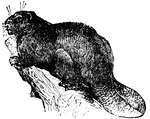
Beaver
The beaver is distinguished from all other rodents by its flat and scaly tail. Its hind feet are webbed,…
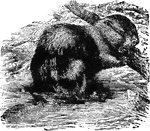
Beaver
"The Beaver is a quadruped of the order Rodentia, or gnawers, the only species of its genus. It is very…

Capybara
The capybara is the largest member of the rodent family. Its shape is like that of the pig. Its feet…

Hamster
Hamsters are rodents. They are adapted for rapid and continuous gnawing, and they live chiefly upon…
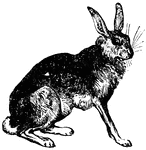
Hare
Hares are larger than rabbits, with longer ears and hind legs. They live above ground in nests. Hares…
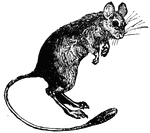
Jerboa
the jerboa have long tails with tufted ends, and long hind legs, which enable them to make enormous…

Porcupine
The porcupine is covered in spikes or quills that are its chief defense. If it can't escape, it stands…
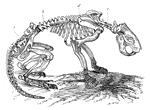
Beaver Skeleton
The skeleton of a beaver.(c) cervical region of vertebral column; (d) dorsal region; (b) lumbar region;…
